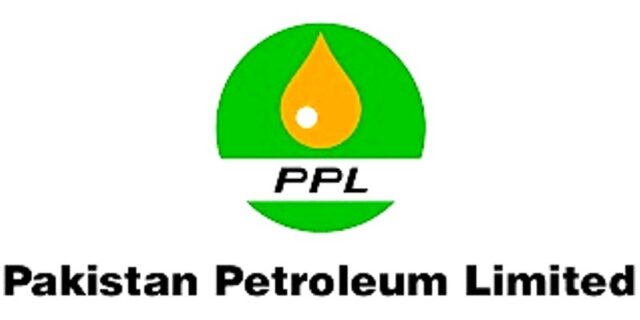Pakistan Petroleum Limited (PPL) on Monday announced gas discovery at its Kirthar Block, located in District Dadu, Sindh Province.
According to an announcement sent to the Pakistan Stock Exchange (PSX), the PPL has disclosed a gas discovery at the exploratory well Rayyan-1 Kirthar Block (2667-7), located in District Dadu, Sindh Province.
READ MORE: Pakistan keeps prices of petrol, diesel unchanged for next fortnight
The well was operated by M/s. Polish Oil and Gas Company, PKN ORLEN Pakistan Branch (PDGC) with a 70% working interest, along with its joint venture partner PPL with a 30% working interest. Rayyan-1 was spud-in on December 05, 2022 and drilled to approximately 2,446 meters.
The well initially flowed at 7.8 million Standard Cubic Feet per day (MMSCFD) gas with a Wellhead Following Pressure (WHFP) of 1,920 Pound per Square Inch (PSI) at a 28/64” choke size during the Drill Stem Test (DST).
READ MORE: Pakistan massively increases petroleum prices by up to 103%
Following the DST, the Rayyan-1 well completed the completion integrity test successfully. Subsequently, a frac job was conducted, and the well flowed at a rate of 12.88 MMSCFD gas at the wellhead flowing pressure of 3,190 PSI at a 28/64” choke size.
“The discovery will add hydrocarbon reserves of the company, contribute in reducing the energy demand and supply gap in the country, and will save significant foreign exchange for the country through indigenous hydrocarbon production,” the company added.
Pakistan has been experiencing a severe gas shortage for some time now, particularly during the winter months when demand for gas increases.
READ MORE: ECC approves TASA for outsourcing three airports
The shortage is caused by a combination of factors, including an increase in demand due to population growth and economic development, inadequate investment in exploration and production of natural gas, and inefficient use of existing gas resources.
To address this issue, the Pakistani government has implemented various measures, such as importing liquefied natural gas (LNG) and encouraging the use of alternative energy sources, including coal, hydroelectric power, and renewables.
READ MORE: Pakistan’s foreign exchange reserves drop to $9.816 billion
However, these measures have not been sufficient to fully address the gas shortage, and more investment and reforms are needed to ensure a sustainable supply of gas for the country.
